Have you heard about the Seoul Photo Festival? It is the most famous photography festival in Seoul, and it has taken place annually since it was first held in 2010. In this year, as the 12th Seoul Photo Festival, Buk-Seoul Museum of Art holds the exhibition: <The History of Women in Korean Photography Ⅰ: Women’s Photography Movements in the 1980s>.
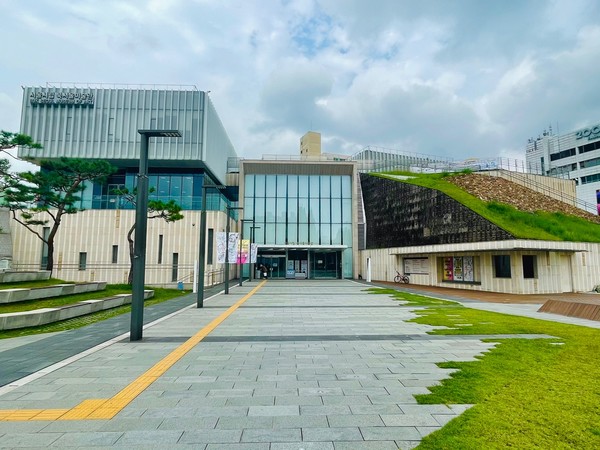
The exhibition organizes the history of female photographers from the 1900s to the 1980s, and focuses on women's photography movement in the 1980s, which was a turning point in Korean photography. Through this review, The UOS Times hopes that readers will meet the hidden driving forces in the history of Korean photography.
Part 1: Chronicle of Female Photographers (1900s~1980s)
The first part of the exhibition shows the chronicle of 36 female photographers who worked between the 1900s and the 1980s. Among those, The UOS Times would like to introduce five photographers whose records are remaining relatively well.
1900~1945: Lee Hong-gyeong
The first Korean female photographer whose real name and personal history have been identified so far is Lee Hong-gyeong. She learned photography from her husband, who was a professional portraitist. In 1921, she opened the first women’s photo studio in Gyeongseong (the old name of Seoul, in English). In those days, when there were only a handful of male photographers, Lee Hong-gyeong was the only Korean female photographer. She also worked as an educator at the Geunhwa Women’s School, laying the foundation for future generations of female photographers.
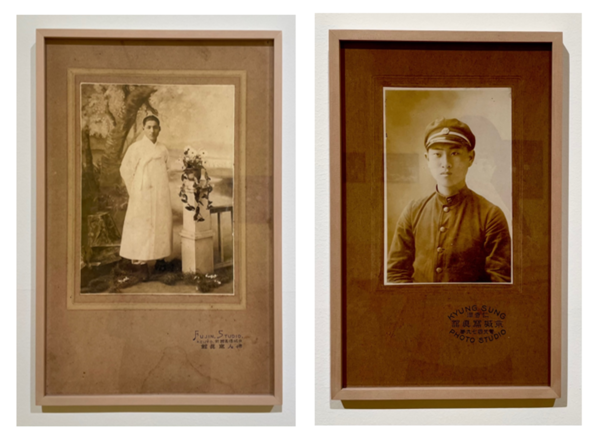
1945~1960: Lee Hye-sook and Kim Yong-soon
Lee Hye-sook is the first person in Korea to receive a master’s degree in photography. She received her master's degree in 1961 with a thesis entitled <Photo Theory: Especially on Creative Theory>. After that, she worked as a press photographer for The Chosunilbo and taught photography at the women’s universities. Her career as a photographer continued for nearly 30 years.
In the 1950s, popular magazines were launched and boomed, but most of the photographers working there were men. Under these circumstances, Kim Yong-soon was an unrivaled female photographer at that time. She worked for the fashion magazine Miwon and the publishing company Huimangsa.
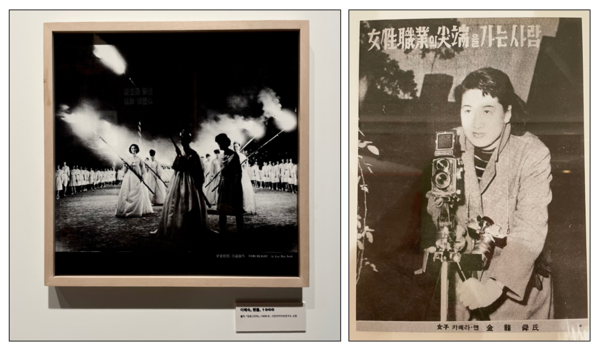
1960~1980: Son Yeong-ja and Lee Jeong-ae
In the 1980s, advertising photography newly became a part of the curriculum of the department of Photography. Therefore, it was much more difficult to find a female advertising photographer, since there were still fewer female photographers than men. Nevertheless, Son Yeong-ja showed pioneering work in advertising photography. She opened a studio San in Insa-dong in 1981 and took pictures of advertisements that specialize in the work of art.
Lee Jeong-ae, a commercial photographer, began her career as an advertising photographer with large distribution companies and manufacturing companies as clients, starting with Bloomingdale’s, a famous department store in New York. Among the commercial photographers working in New York at that time, she was one of the only two Asian women.
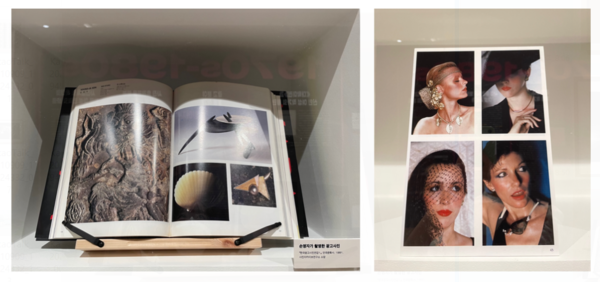
Women, who have become photographers by learning photography from their husbands, began to show their presence as professional photographers in earnest through modern education courses. They have pioneered the fields that women have not previously entered and have even made their careers abroad. In the exhibition, you can meet more female photographers in addition to those introduced. Their remaining records show that they have paved the way for female photographers in the 1980s to work more freely and vigorously.
Part 2: Women's Photography Movement in the 1980s
In the 1980s, cameras became popular in Korea. Owing to the widespread use of cameras, there has been an explosive increase in the number of amateur photographers. Accordingly, the number of female photographers rapidly increased, achieving not only quantitative growth but also qualitative growth of women's photography.
The exhibition shows women's photography movement in the 1980s through the works of 10 representative female photographers. Among them, The UOS Times would like to introduce three photographers whose representative works are introduced well in this exhibition.
Kim Dong-hui
Kim Dong-hui is a documentary photographer who especially focused on taking pictures of Gutpan(the place where Gut is held, in English). Gut is a ritual with songs and dances for the shaman to offer sacrifices to the gods and wish people's wishes would come true.
In 1983, Kim Dong-hui held her first solo exhibition <Gutpan> and published her photo book, which had the same title. She recorded the praying of the people who gathered at Gutpan by photographing the vivid scenery of the Gutpan. She paid attention to the prayer’s heart that stayed in Gutpan. It is the long-standing emotions of Koreans, wishing for the village's farming and fishing to go well and earnest love for their families.
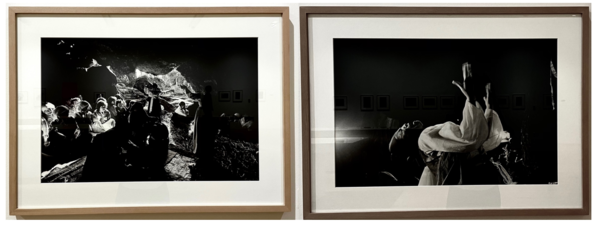
Kim Min-sook
Kim Min-sook received a master's degree in photography from the School of the Art Institute of Chicago and worked as a reporter for Korea JoongAng Daily and The Korea Times. She also opened a photo gallery, Yeobaek, and ran a modern photography academy for both amateur and professional photographers. In this exhibition, her representative work, <Mandala> series, which visualizes the spiritual world of Buddhism by making collages of multiple images, is introduced.

Song Yeong-sook
Song Yeong-sook debuted in 1969 with her first solo exhibition <Brother and Sister> with her brother while attending Sookmyung Women's University. Her first solo exhibition was <Polaroid SX-70>. This work transformed the Polaroid screen, revealing a new photographic reality. She believed that Polaroid pictures can best demonstrate the characteristics of photography, which is the art of light, and took advantage of its immediacy and contingency.
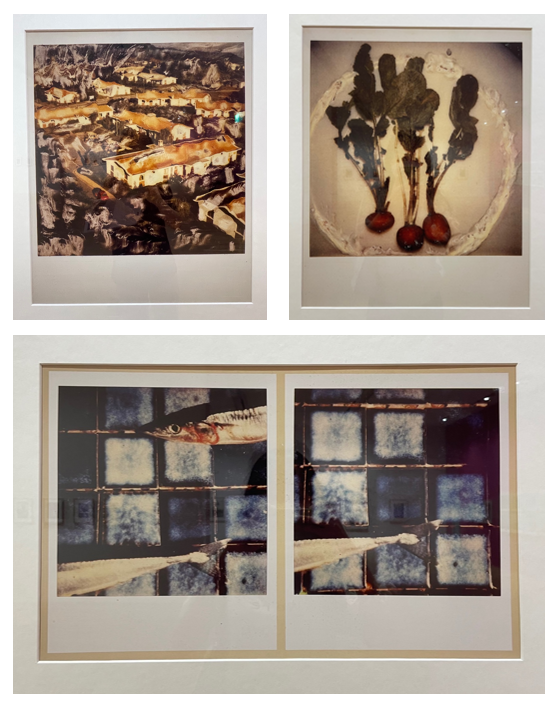
Lee Kyeong-min, who wrote the preface to the exhibition, points out that the only diachronic study on the history of Korean photography after the liberation from Japan was <The History of Korean Contemporary Art: Photography>, but female photographers were omitted here. The exhibition is meaningful in that it established the history of women's photography, which had been left blank in the history of Korean photographers, and discovered the existence of new female photographers.
Buk-Seoul Museum of Art is open from 10 a.m. to 8 p.m. on weekdays, except Mondays, and from 10 a.m. to 7 p.m. on weekends. Reservations must be made online at least two days prior to the visit to prevent the spread of COVID-19. If the readers want to see the life and work of female photographers who went beyond the limits of Korea's modern era, The UOS Times recommend visiting this exhibition.

